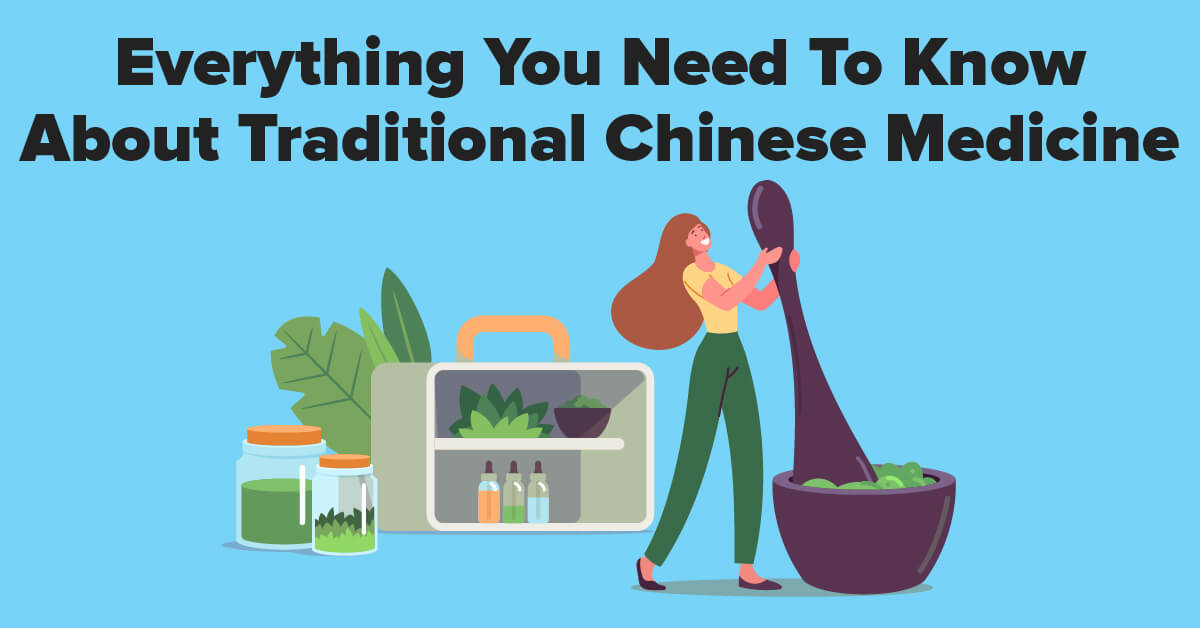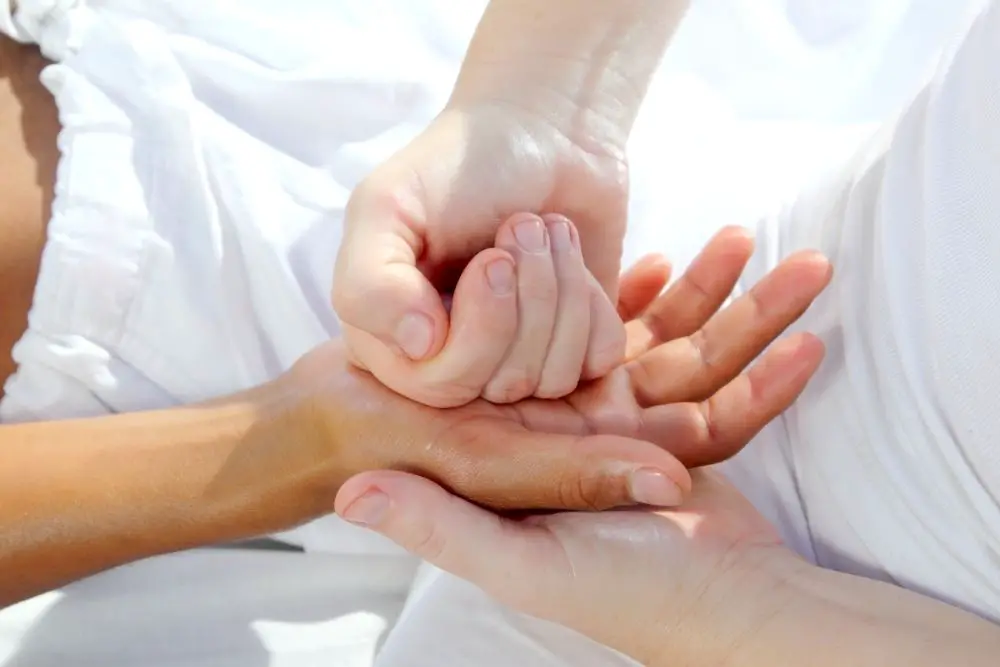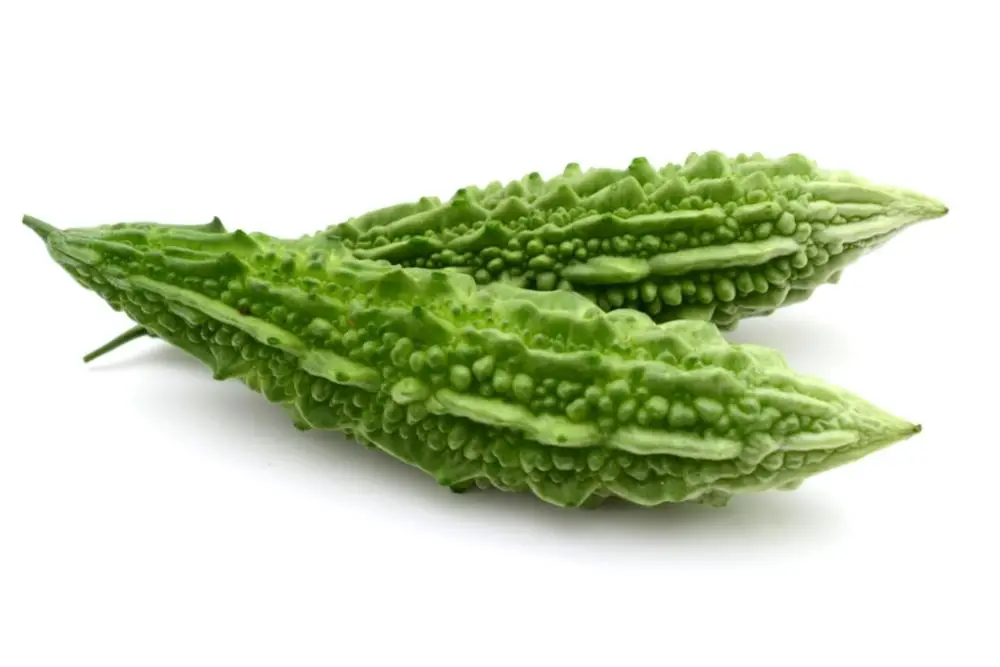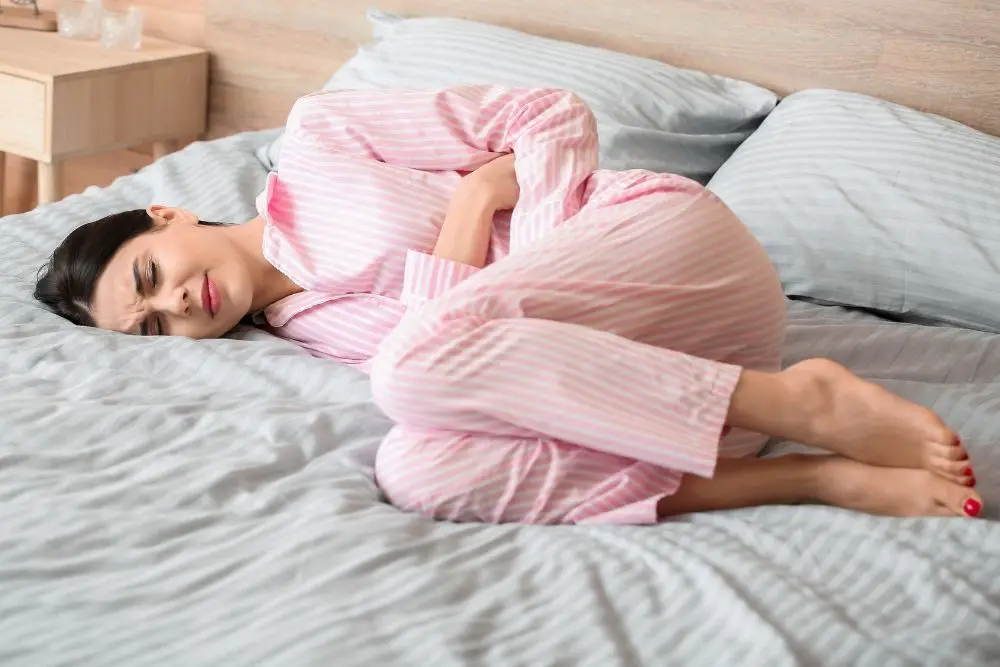A beginners guide to understanding Traditional Chinese Medicine

Traditional Chinese Medicine (TCM) is a term that is used to describe a wide variety of philosophies, medical treatments, and spiritual practices from China. It is one of the biggest and most widely practiced branches of traditional medicine. There are millions of people across the globe who practice some form or element of traditional Chinese medicine.
Outside of China, the phrase traditional Chinese medicine is used to cover a whole range of practices. It encompasses so many different practices, that the field of traditional Chinese medicine can sometimes contain conflicting advice. However, most practices within this branch of traditional medicine draw from the same core philosophies.
The concept of Yin and Yang, as well as, the 5 elements guide the majority of the practitioners of traditional Chinese medicine. These beliefs can be dated as far back as the Shang Dynasty (1500-1100 BCE). These practices are older than both the Ancient Greeks and the Ancient Romans.
Throughout the last 3500+ years, traditional Chinese medicine has used its core philosophy to treat pain and illness within the human body. Many of its key elements are as relevant today as they ever have been – including massage (tui na), exercise (qigong), herbal medicines, acupuncture, and dietary therapy.
However, many modern scientists are dismissive of traditional Chinese medicine and the benefits it can offer its practitioners.
In this guide, we will talk you through what traditional Chinese medicine is, how it’s practiced, and who can practice it. We will also talk about what science has to say about traditional Chinese medicine.
Table of contents
What Is Traditional Chinese Medicine?
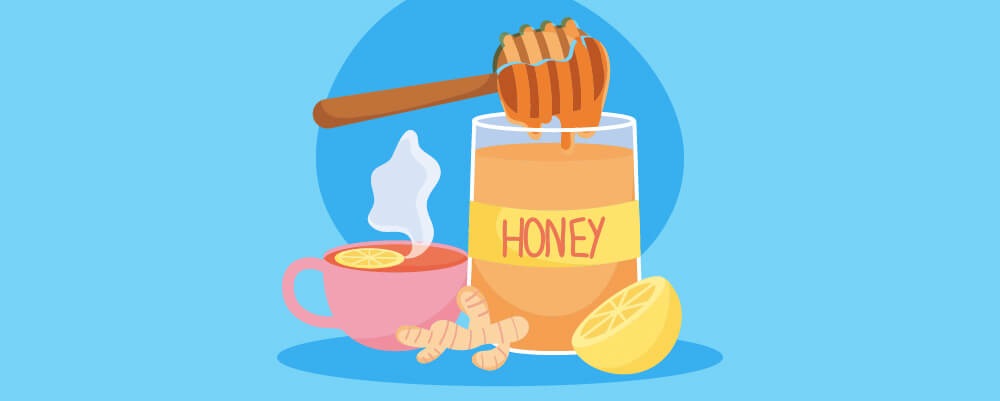
Traditional Chinese Medicine is an ancient spiritual and medicinal practice that began in China around 3500 years ago. The phrase Traditional Chinese Medicine covers a wide range of practices that originated in China and its former territories. These practices include but are not limited to – acupuncture, massage, Tai Chi, herbal medicine, and gua sha.
A lot of elements of Traditional Chinese Medicine have since been adopted by the Chinese religion Taoism (or Daoism).
The earliest elements of Traditional Chinese Medicine can be traced back to the Shang Dynasty, which lasted from around 1500 BCE to 1100 BCE. While some elements of TCM have remained the same over the last 3000 years, other elements have evolved as we have learned more about the human body.
TCM is both a spiritual and medicinal practice – built around the concept of qi (the vital energy that runs through the body). It is this focus on the qi that creates a lot of the friction between TCM and western medicine. There is a lot of debate about whether qi doesn’t exist or if it is something that science hasn’t discovered how to measure yet.
The early practitioners knew a lot about the human body that has only recently been confirmed by western science.
The Energy of the Body
The key beliefs that underpin Traditional Chinese Medicine come from the Yinyangism philosophy. This philosophy combines the belief in Yin and Yang with the 5 elements.
These are ancient philosophies that we created long before doctors could look inside the body with MRI scans, x-rays, and internal cameras. However, practitioners of Traditional Chinese Medicine believe that energy work done during treatment is more important than ancient studies of the body. And that the energy work is not hindered by this.
What are Yin and Yang?
Practitioners of TCM believe that every phenomenon in the universe is made up of a combination of two energies – Yin and Yang. One of the oldest analogies of the Yin and Yang is the sunlit and shady sides of a hill. Gender is also believed to be connected to Yin (female) and Yang (male), as well as, the moon (Yin) and Sun (Yang).
Neither energy is good or bad, they are just different. The key element of the Yin and Yang idea is balance. Everything must have a balance of both Yin and Yang to function properly.
TCM follows this idea too. Most TCM practices aim to bring balance back to the body. It is believed that problems occur in the body when it falls out of balance. Too much of one type of energy can throw the whole body into an imbalance.
The lower part of the body is considered to have Yin energy, while the upper body and the back are full of Yang energy.
What are the 5 Elements
The 5 elements are Metal, Fire, Wood, Earth, and Water.
The 5 elements and the sequences that connect them heavily influence how illnesses are treated in TCM. The theory behind this is called Zang-Fu, it is also referred to as the 5 phases.
Each of the 5 elements has an impact on the body, and can therefore be used to treat different issues inside the body. Each element has one organ that it strengths and one that it damages in Traditional Chinese Medicine.
Fire = Heart and Small Intestine
Earth = Spleen and Stomach
Metal = Lung and Large Intestine
Water = Kidney and Bladder
Wood = Liver and Gallbladder
The first set of organs (known as zang organs) are the parts of the body that make and store qi. While the second set of organs (known as fu organs) are responsible for moving qi around the body. If one part of the body is not functioning well then the body’s qi production will be badly affected.
The Structure of the Body
We have talked about how Traditional Chinese Medicine focuses on a type of energy called qi that is produced within the body. The passageways that qi uses to travel through the body are called Meridians. They connect to all of the organs in the body and other functional parts of the body. Meridians are often referred to as the ley lines of the body.
Qi, Jing-luo, Xue, and Jinye are all key elements of how Traditional Chinese Medicine views and treats the body.
Qi
Different versions of TCM believe that qi is responsible for varying aspects of our health. However, most TCM practitioners believe that qi has five main functions.
Containment – keeping bodily fluids inside the body
Transformation – gaining nourishment from food and drinks
Defense – protecting the body from the 6 excesses
Warming – keeping the body warm
Actuation – the physical functions of the body
Shortness of breath, not being able to digest food, sadness, lack of energy, not wanting to speak, sweating, lack of strength, lack of spirit, and pale skin – are all symptoms of qi deficiency.
Qi can be sourced from food, drink, and the air. These three elements can be transformed into qi and Jinye by the body.
Jing-luo (or Meridians)
The Meridians are connected to all of the organs of the body, as well as, other important areas – such as the parts of the body the ancient masters thought were responsible for digestion, temperature control, and breathing. Some practitioners still use the original Meridian maps, while others use a more modern map of the body based on modern knowledge of the human body.
In TCM there are 12 “regular” and 8 “extraordinary” meridians – as well as smaller Meridians that branch off to the organs.
Jinye (or bodily fluids)
Jinye is a restorative liquid that can be pulled from food and drink. It helps the body move qi around the body and it also helps to bring balance between Yin and Yang in the body. It also helps the body naturally excrete toxins.
Sometimes Jinye will manifest in a physical form when it has absorbed toxins. It will manifest as bodily fluids like sweat, urine, and tears.
Xue (or blood)
Xue is the only item on this list that is always physical. Xue is what we would now call blood. In TCM the blood provides the following functions – soothing the consciousness to allow sleep, keeping the body moist enough, and nourishing the organs.
What Kind of Practices Does Traditional Chinese Medicine Use?
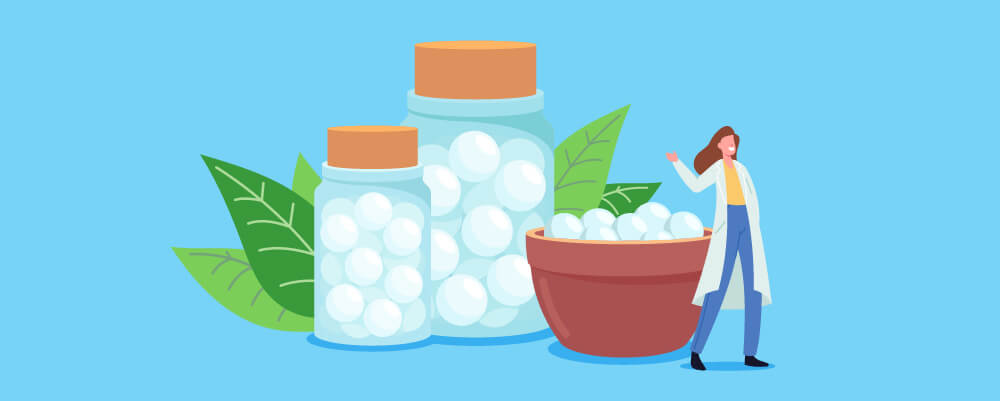
As we have mentioned, Traditional Chinese Medicine is a general term that refers to many different types of medicinal and spiritual practices that originated in China. Not all followers of TCM will take part in all the different types of practices.
However, there are 4 different types of practice that are most common around the world today. They are Herbal Medicine, Acupuncture, Massage (tui na), and Exercise.
Herbal Medicine
While this element of TCM is often called Herbal Medicine – the treatment given often involves a mixture of plants and animal parts.
Ancient records contain over 100,000 different blends of herbs and animal parts that can be used in TCM. While only around 13,000 of these are still used today.
The range of animal parts that are traditionally used in TCM can be quite upsetting to people based in the west. Particularly, as dogs’ body parts are regularly featured in TCM herbal remedies.
Other odd items include body parts from endangered species (like tigers, rhinos, and pangolins), cow gallstones, bear bile, and snake venom. If you are interested in getting herbal remedies that include animal parts, you should check that they are ethically sourced as some ingredients can be collected in cruel ways – most notably bear bile and pangolin scales.
Many ingredients are no longer used as they have been discovered to be detrimental to health rather than having healing properties. Ingredients like led and powdered scorpion are examples of ingredients that are no longer used for safety reasons.
There is some overlap of philosophies between Food Therapy in TCM and Herbal Medicine.
Four natures
In Traditional Chinese Medicine, there is a type of Herbal Medicine treatment that draws on the Four Natures. The Four Natures are – hot, warm, cool, and cold.
Diseases that have cold energy are treated with hot and warm ingredients. Hot ingredients are more powerful than warm ingredients.
Diseases that have hot energy are treated with cool and cold ingredients. Cold ingredients are more powerful than cool ingredients.
Five Flavors
Another important concept of TCM Herbal Medicine is the Five Flavors. The Five Flavors are Acird, Sweet, Salty, Bitter, and Sour. Each flavor has a property that can be used to treat issues within the body. For example, saltiness is used to “drain” swelling and to break down “hard” build-ups in the body.
Ingredients can have more than one flavor and therefore can have more than one use. It is also possible for an ingredient to have no flavor (known as bland) and therefore have no use in TMC.
Human Body Parts
While human body parts were once used in TCM, this is no longer the case. Doing so is illegal in most countries around the world and is universally acknowledged to be a dangerous practice.
Some practitioners still use the human placenta as part of their remedies.
Acupuncture
Acupuncture is a form of alternative medicine that plays a big part in a lot of Traditional Chinese Medicine practices.
Using a meridian map of the body, very thin needles are inserted into the skin with the intent to treat a wide variety of conditions by manipulating and correcting the flow of qi through the body. The needles are inserted into acupuncture or acupressure points, all of which have significant connections to other parts of the body.
Traditionally, acupuncture is used in combination with other traditional Chinese medicine methods – such as Food Therapy or Exercise (like Tai Chi). Although, some people have claimed to have seen benefits from using acupuncture alone.
Acupuncture is popular across the world, even with people who practice no other form of TCM. The industry is believed to be worth over $50 billion dollars a year. With the majority of that money coming from Europe. The practice is so popular that there are many secular acupuncture practitioners who do not believe in the concept of qi or meridians.
The earliest record we have of acupuncture comes from a book called The Inner Classic of Huang Di (Huang Di roughly translates as the Sun Emperor or the Yellow Emperor). This book was published in 100 BCE – but the practice may be much older. At the time that this book was written, it was believed that the cycles of the moon could make the treatment more or less effective.
As we have learned, in TCM, the disease is caused by an imbalance in the body – too much Yin energy, too much Yang energy, not enough qi, too much qi. Acupuncture aims to restore balance to the body by tapping into the body’s meridians and manipulating the flow of qi through the channels.
Acupuncture is a generally safe practice – as long as it takes place in a clean location and the practitioner is well trained. The practitioner will talk to you about how you are suffering (where is the pain, do you have any diseases, etc.) and will put together an acupuncture plan based on your answers. You may have needles placed in different locations every time you visit.
When the needle is inserted you should experience the de-qi sensation (the awakening of qi). This can come in the form of numbness, hot flushes, prickly skin, or even coldness. If you do not feel this then the needle may not be in the right place or deep enough.
Massage
A 5000 year old mummified body was found, this body had 15 tattoos on it. All of these tattoos were in locations used by acupuncture and Tui Na practitioners to treat lower back and abdominal pain. Studies done on the body showed that he did suffer from conditions that would cause both types of pain.
This evidence suggests that the Tui Na and acupuncture systems could be a lot older than 2000 years – in fact, they could date back to the early Bronze Age.
Tui Na is a massage therapy system, it is a form of alternative medicine and is practiced by many followers of TCM. It is similar to Shiatsu, although the practices appear to have evolved completely separately.
Tui Na is very similar to acupuncture, it uses pressure to manipulate the way qi flows through the body and restore balance to the body. However, Tui Na uses pressure from the fingertips to create this manipulation rather than needles. Assisted stretching is also a regular feature of Tui Na.
Some practitioners will combine Qigong meditation with their massage. They will guide their patient through a series of visualizations designed to balance and cultivate qi.
Gua Sha
Gua Sha also draws on the same philosophies and meridian map that Tui Na and acupuncture use as a guide. Instead of using needles or fingers, Gua Sha involves using a piece of jade (or animal bone) to activate the acupressure points in the body. The jade is rolled back and forth across the skin until the skin turns red.
These marks usually take around 10 days to disappear.
Cupping
Cupping also draws from the concept of meridian lines and acupressure points. Where cupping differs is that it can be used to provide an “anti-pressure” massage. This makes it a great option for athletes with sore muscles and people who have a lot of pain in their backs. Instead of pushing into the body, cupping pulls the weight away from the body.
How does cupping work?
The back is covered in massage oil. Several glass cups are then placed on the back. The practitioner will then light a match inside the cup, this will heat the air inside the cup. When the air cools a vacuum will be created and the cups will be attached to the back. They can then be moved around the back or left to rest over a certain acupressure point. See more on the subject – why can’t you shower after cupping.
Breathing and Physical Exercises
What we call mindfulness in the 21st century is something that has been an important part of Traditional Chinese Medicine for over 3000 years.
One way that qi can be restored, cultivated, and balanced in the body is through intentional movements and meditation. Tai Chi and Qigong meditation are two of the most popular ways to do this.
Tai Chi
Tai Chi has a reputation for being an activity that old people do in the park early in the morning. However, that would be an oversimplification of an ancient form of exercise and spiritual practice.
Yes, Tai Chi is popular with older generations because it is believed to build strength and help with balance – without being too taxing on the joints or too intense. But, there are so many more benefits from developing a regular Tai Chi practice.
Tai Chi is a Chinese martial art that can be practiced for competition but can also be practiced for form and meditation. Tai Chi training involves going through a series of moves that flow one into another. They often follow the meridian lines in the body and are designed to help balance the body and focus the mind.
Qigong
A lot of what we in the west consider to be Tai Chi is actually Qigong. Although, the lines are often blurred between the two – especially in low-intensity Tai Chi training sessions. Some historians believe that Tai Chi actually developed out of the Qigong practice.
Qigong was practiced by Buddist and Daoist monks, as well as, Confuciust scholars.
Where Tai Chi is a martial art, Qigong is a meditation technique that is more similar to Yoga. There are three types of Qigong practice – Dynamic Practice, Static Practice, and Meditative Practice. There are benefits to practicing each type of Qigong.
Qigong is a series of movements, meditation exercises, and breathing practices that have been designed to bring balance to the body and produce qi. However, in other places around the world, it is just used as a form of gentle exercise (much like yoga).
Qigong is an alternative to seated meditation. The deep breathing, slow movements, and rhythmic music make the practice more accessible to many than the seated alternative.
Meditation is hugely beneficial to people of all ages. Many people find mediation a useful tool in their journey to self-acceptance. It has been proven to curb anxiety and even help people cope with pain more easily.
Does Traditional Chinese Medicine Work?
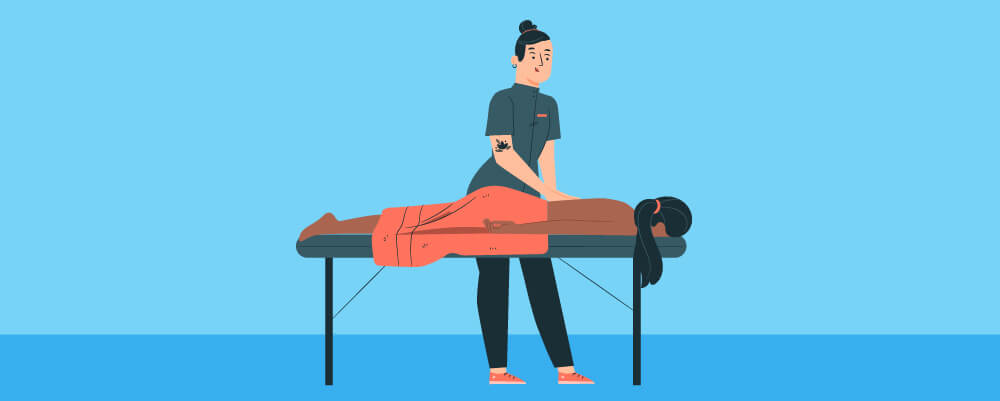
The answer to this question will vary depending on who you ask. There are millions of practitioners across the world who will tell you that it does. However, their evidence is only anecdotal – what does science have to say about TCM?
Well, this is a difficult question to answer, as there have been very few studies into key elements of TCM – most notably acupuncture and Tai Chi. The main issue with studies into Traditional Chinese Medicine is that the majority of the studies have been done within China and are not recognized by the wider scientific community. There has long been tension between practitioners of modern western medicine and traditional Chinese medicine.
Herbal remedies are the least studied areas of Traditional Chinese Medicine. There have been little to no recognized studies done into the treatment. However, many people swear by these remedies.
The few studies that have been done into acupuncture have shown that regular treatment can prevent migraines and reduce pain throughout the body – including carpal tunnel syndrome, lower back pain, and shoulder pain. It has also been shown to effectively reduce pain for osteoarthritis sufferers.
The area of TCM that has been most studied is meditation. Meditation is a spiritual practice that has been used all over the world and is a key part of most major religions. Studies have shown that not only does meditation help to fight anxiety and other mental illnesses but that it literally changes our brains. Long term meditation practices can permanently change the way you think – making you a happier person, a wiser person, and more patient.
Tai Chi is believed to be a great type of exercise for the elderly. It can improve balance and strength even in people suffering from diseases like Parkinson’s and Dementia. The mediation elements of Tai Chi are also believed to help build a practitioner’s confidence.
Who Should Use Traditional Chinese Medicine?

Traditional Chinese Medicine offers a wide range of treatments that many people can benefit from. The system is made up of so many different elements, that most people won’t struggle to find a type of treatment that will suit their needs.
In China, TCM is used on people of all ages – from newborn babies to the elderly. Some practices like massage can benefit people in all stages of their life. Meditation is the same. However, there are some types of TCM treatments that are best suited to certain groups of people.
For example, cupping and acupuncture can have amazing benefits for athletes – but the treatment may be less effective on the elderly. See more on how you can use cupping for weight loss.
If there is a type of treatment you are interested in trying, the practitioner will talk you through whether it will be suitable for you or not. You may also find it useful to talk to your doctor before receiving any TCM treatments.
And Who Should Avoid Using Traditional Medicine?
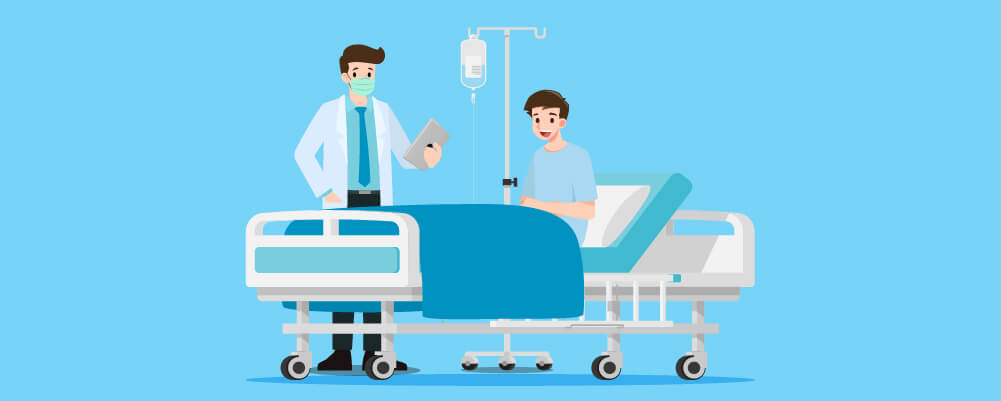
There are a few groups of people who should consider consulting their doctor before engaging in any traditional medical treatments.
Pregnant women should be very careful with what they eat, drink, and have done to their bodies. While treatments like massage can be beneficial for pregnant women, there are many other TCM treatments that they should avoid. Or if you are struggling to get pregnant, read more on does moxa work for fertility.
If you are on any kind of medication then you will want to talk to your doctor before taking part in any TCM treatments.
There are many herbal remedies that can interfere with modern medications. For example, licorice can raise blood pressure levels dangerously high. Anyone who takes medication for Hypertension should avoid the root. Another example is that both Valerian and St John’s Wort can prevent the body from breaking down antidepressants.
On the other hand, there are many herbal remedies that can help with health problems. For example, Cinnamon is a great ingredient for helping to regulate blood sugar levels.
If you have any doubt about whether you can go through with a Traditional Chinese Medical treatment – talk to your doctor about it.
Summary

Traditional Chinese Medicine is an ancient form of medicine combined with spiritual practice. TCM practices include herbal medicine, acupuncture, massage, food therapies, and exercise. It has been used for thousands of years to treat people across the world. Practitioners claim that TCM can be used to treat a large number of diseases and health issues.

Try our Anti-Aging Gua Sha Tool designed to bring out your skin’s natural glow.
Best Gua Sha Product- Anti-Aging: The tool is designed to target 11 specific aging signs such as wrinkles and sagging skin. By following the 7-step routine, users can improve skin firmness and reduce fine lines naturally.
- Enhances Skincare Routine: It works effectively with serums and lotions, boosting absorption and efficacy of skincare products.
- Visible Skin Improvement: Users can expect a smoother complexion, reduced puffiness, and a more youthful appearance.
 P. Sze
P. Sze